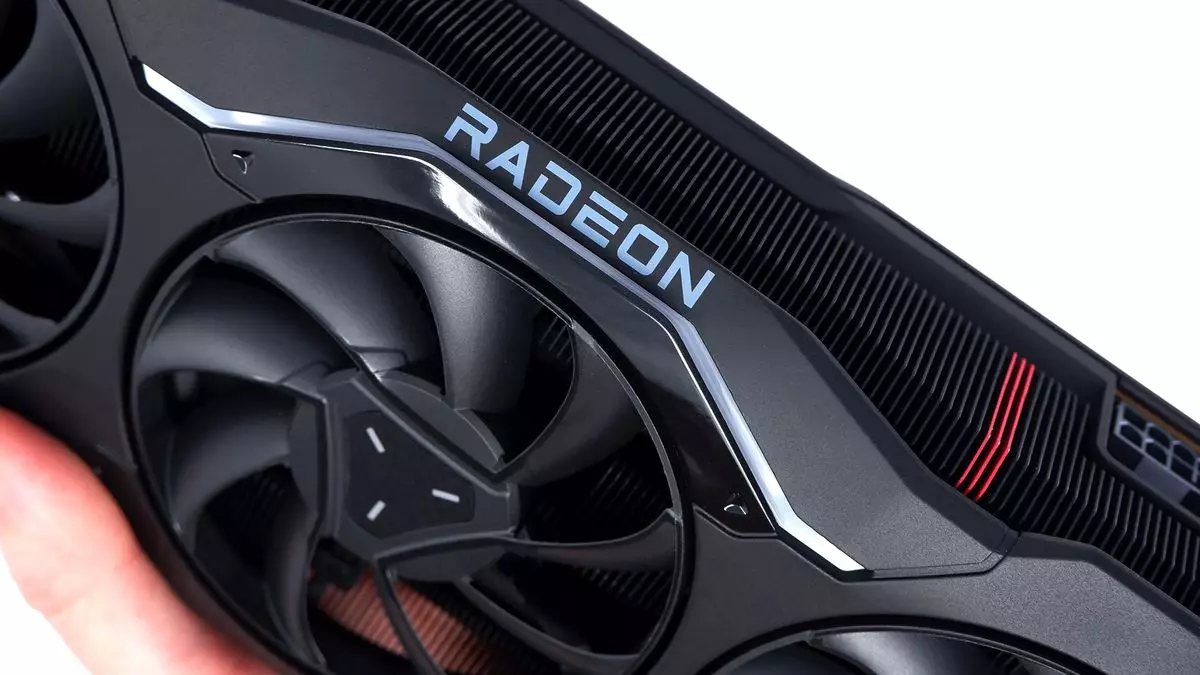In recent news, rumors have been circulating about AMD’s RDNA 4 architecture being built on a smaller chip process, promising increased power efficiency. The speculated AMD RX 8000 GPU series might finally bring this architecture to light, offering a glimpse into the future of graphics cards. Recently, a series of Geekbench tests have surfaced, shedding some light on what we can expect from AMD’s upcoming lineup.
The Geekbench tests revealed the use of the device name “Gfx1201,” which is believed to represent the upcoming RDNA 4 architecture. These tests were conducted with desktop Intel processors, indicating that the focus was on desktop graphics cards. It is essential to note that the expected launch timeline for RDNA 4 is sometime next year, possibly around CES 2025. Therefore, the results should be taken with caution as they are still early indicators of the final product.
The reported OpenCL scores in the Geekbench tests were relatively low, sparking curiosity about the test conditions and the purpose behind these early trials. While the scores may not be reflective of the ultimate performance of RDNA 4, they do confirm that development is underway. Additionally, insights from industry leaker Kepler_L2 hint at improved ray tracing capabilities in the upcoming GPUs.
According to the leaked information, the RDNA 4 GPUs are currently being tested with a 16 GB memory capacity and varying bus bandwidths and memory speeds. The future lineup is expected to feature GPUs with 256-bit and 192-bit bus configurations paired with different memory speeds. These details, combined with the leaked test scores, provide a glimpse into what RDNA 4 might offer in terms of performance and capabilities.
While the leaked information provides some insights into AMD’s RDNA 4 architecture, it is essential to consider the competition. Reports suggest that AMD’s upcoming GPUs might not compete with high-end Nvidia offerings, as Nvidia is rumored to be utilizing GDDR7 memory in its next lineup. This positioning indicates that AMD’s RDNA 4 GPUs could target the mid-range market segment, offering a compelling option for consumers seeking a balance of performance and value.
The information surrounding AMD’s RDNA 4 architecture is still evolving, with leaks and tests providing early glimpses into what the future holds. While the Geekbench scores and leaked specifications offer some clues, the final products are subject to change before their official launch. As the competition between AMD and Nvidia heats up in the GPU market, consumers can expect exciting developments in the upcoming years. Stay tuned for more updates on AMD’s RDNA 4 architecture and its potential impact on the gaming and technology industry.

